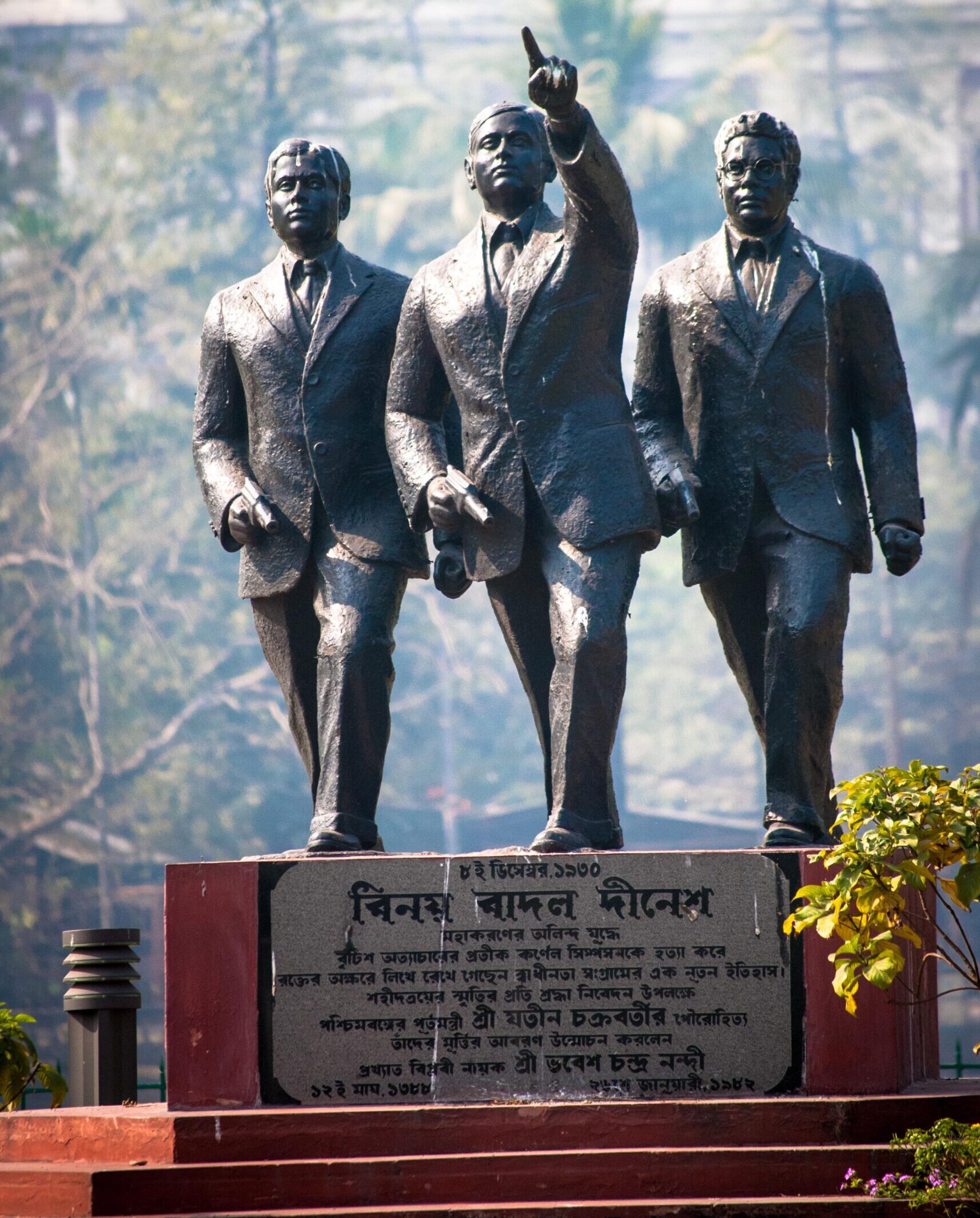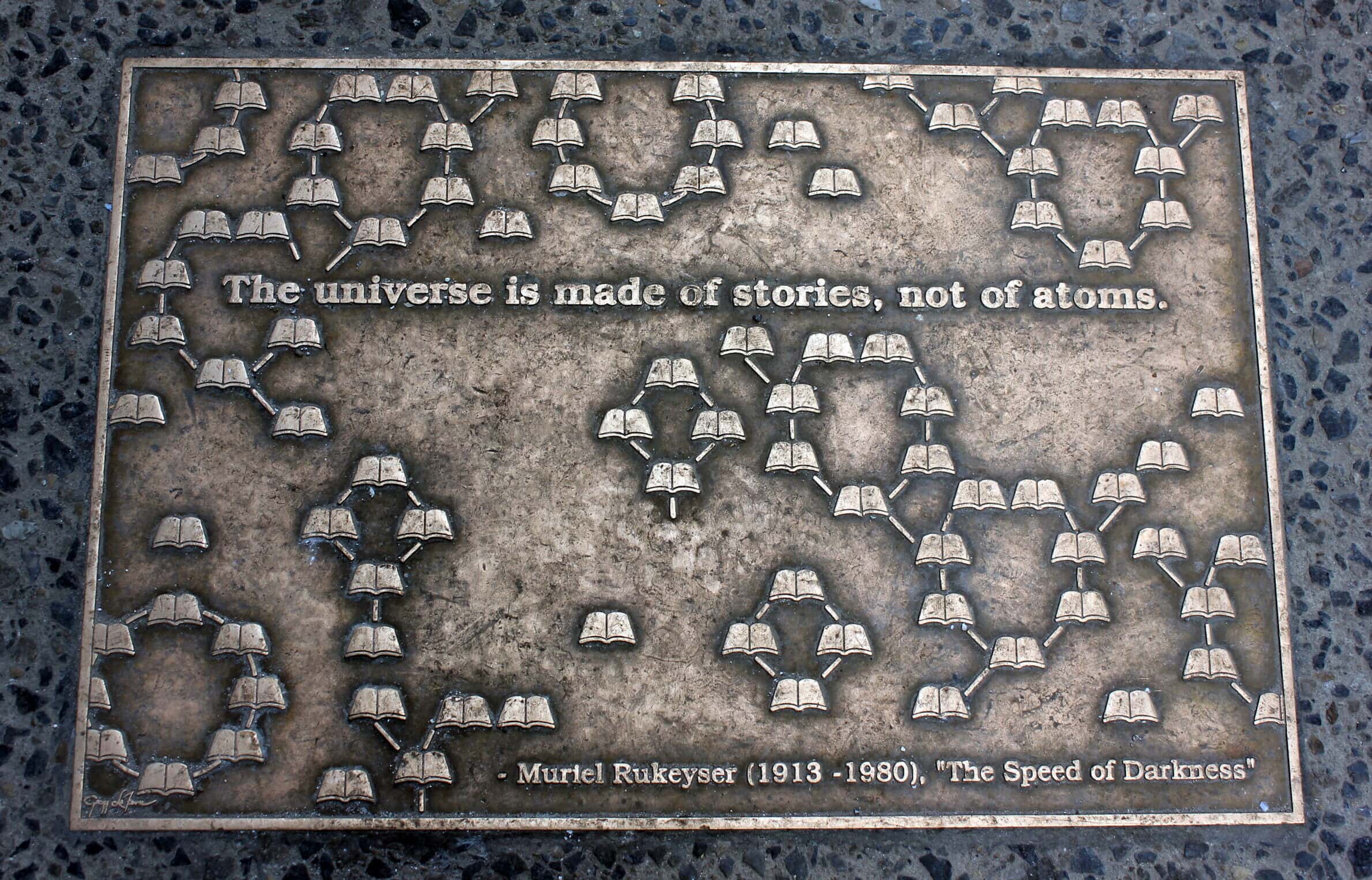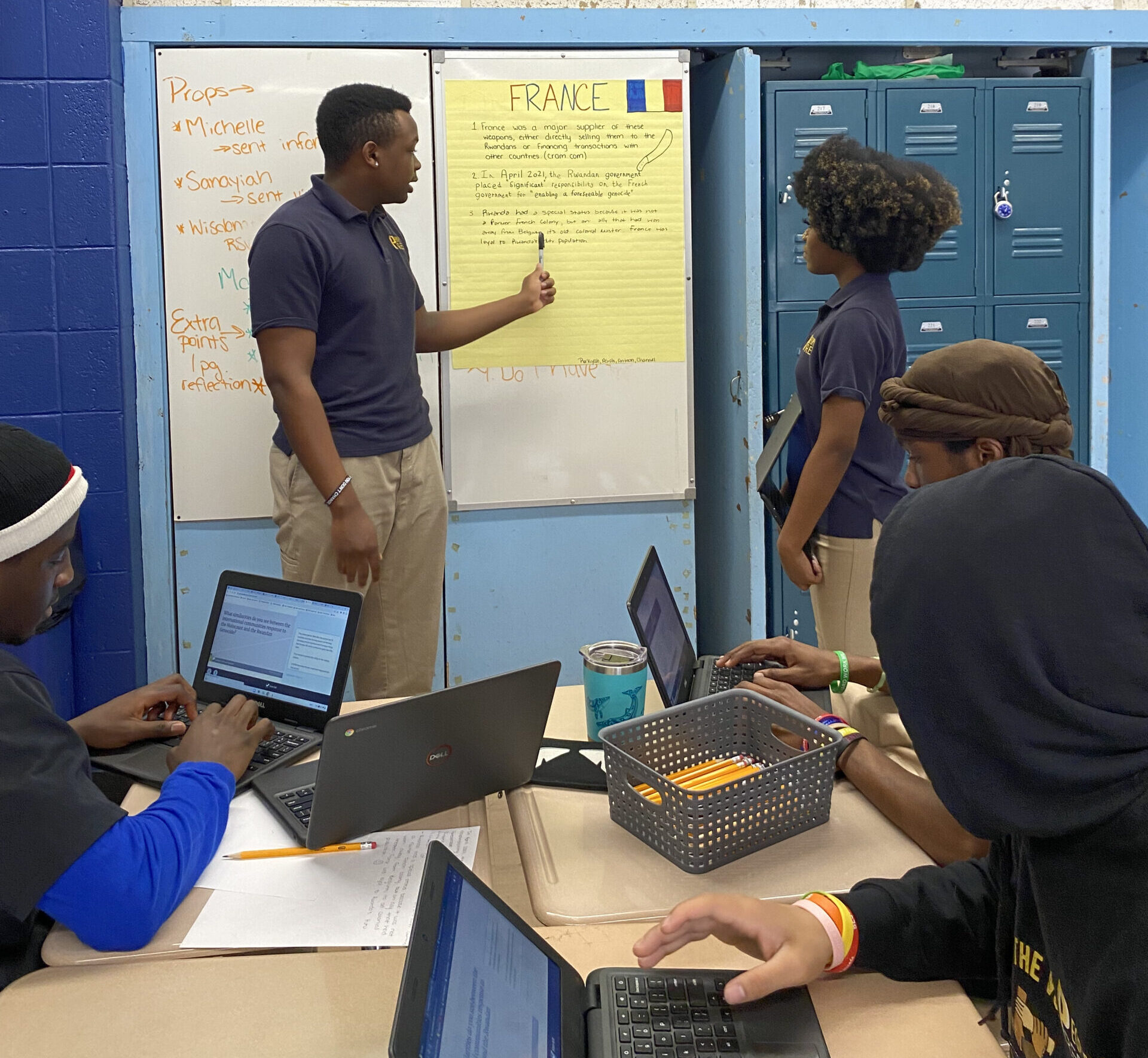At my university the standard logo for many years has been a space shuttle with the slogan “Touching tomorrow today.” Present-mindedness here seems to have given way to future mindedness. In such a context, how can we hope to get students to think historically? Thinking historically, to me, means that students should think about things the way historians do. They should take a critical view of things by placing them into a historical context. They should realize that everything has a historical past, and that we can understand it better if we see it in relation to that past. Further, they should have a sense of curiosity about how to achieve this greater understanding, and a sense of achievement when they succeed in doing so.
In the early 1980s I sat with two Purdue University students in a hotel lobby in West Berlin. We had just visited the 1936 Olympic stadium, and they had been reading George Mosse’s The Crisis of German Ideology. On the basis of their own experience that day they suddenly discovered an obvious (though actually minor) error in Mosse’s work: one of his pictures of Hitler’s Berlin was incorrectly captioned. Because of what they had seen, they were suddenly the historical experts, and their ability to think historically was enhanced.
The classrooms in which I normally teach in West Lafayette, Indiana, are in the oldest surviving building on our campus, a Victorian structure built in 1867. When lecturing about Romanticism in my introductory class I show some slides of “Mad” Ludwig’s spectacular castle, Neuschwanstein. That Bavarian building, I point out, is related to our building here in the American Midwest. Both show the influence of the neo-Gothic imagination, and our building, here on the prairie, is actually older than Neuschwanstein. The students’ own environment is thus linked to a European monument; they can see themselves in the picture, and they can begin to make connections between different times and places.
A first-year student is sitting at the out-of-date computer in my office, hooked up via modem to the Internet. Acutely aware of the limitations of our local library, she is wondering how to move beyond rather routine research for her term project. How delighted she is to find that several rare periodicals she has seen cited, and which she would like to use, are available at Yale’s Sterling Library, and a dissertation she needs is at Stanford. Through the Internet she can have an abstract printed out for her project. She has hands-on access to a national network of source materials though she is only a few blocks from her dorm room, and she is suddenly aware of the vast possibilities at her fingertips. The point of these anecdotes is that we can get students to think historically if we can first meet them where they are and get them to propel themselves into a historical world that is not limited to their own narrow time and space.
The opportunities to take students on a study tour to Europe are few, though they do exist. When we cannot take them, we can nonetheless link their own personal experiences to this historical past. What American city is without examples of neo-Classical or neo-Gothic architecture? The multitude of audio, visual, and now electronic media provides endless opportunities to move students into the wider world. The film Schindler’s List has raised consciousness about the Holocaust, just as Roots did a number of years ago about American slavery. We are just beginning to get a handle on the possibilities of the “information highway.” Simply pointing these things out to students in lecture, of course, is not enough. Somehow we must invite, inspire, or require them to get their hands on the material itself. Open ended discussions in class (even in the midst of a lecture), requirements that students attend out of class performances of historically valuable material (like Macbeth or The Marriage of Figaro), and writing assignments that challenge them to engage with the material are all methods to overcome the barrier between the passive student and historical realities.
One more approach is worthy of mention. Classroom simulations of greater or lesser sophistication have been available for years. I use two of them when I teach modern German history. One, developed by a former graduate student at Purdue, Greg Sprague, is called Spiegeldorf. Each student is asked to play the role of a Nazi party organizer who selects propaganda and agitation techniques in an attempt to recruit fellow townspeopole for the party. The other, which I developed using the “guided-design” technique of structured problem solving and discussion developed by an engineer, Charles Wales, is called Life and Death in Nazi Germany. Students read original source documents in class and put themselves in the shoes of residents of Nazi Germany. They are asked to make decisions about what they would do, for example, if they were required to participate in an anti-Semitic propaganda campaign, or if they were required to report to the railroad station for “relocation.” Through simulations they can approach a greater level of historical understanding, at least on an emotional level, and thus think historically about contexts and realities.
Simulations and role-playing exercises are often used in elementary and secondary schools; they can be successful in college as well. Moreover, I have found that when a simulation is followed up with a relevant essay question on an exam, the experience of the students comes through strongly in their essays. When I meet some of our graduates years later, they often mention the simulations we used in class, and they let me know that the experience has stuck with them.
At their best, reading assignments and history lectures should transport a student into a new old context of time and space. Alternating these standard approaches with some of the methods mentioned above may jog students out of their present- or future-mindedness and get them to think historically. That way they can “touch the past tomorrow” and get the historical perspectives we want them to have.
Gordon R. Mork is professor of history at Purdue University and vice president of the Internationale Gesellschaft für Geschichtsdidaktik.


